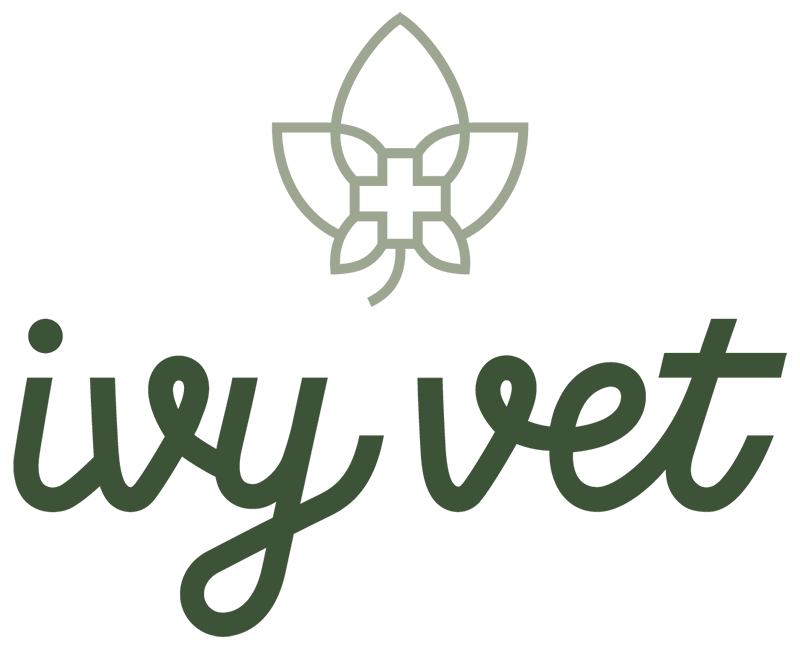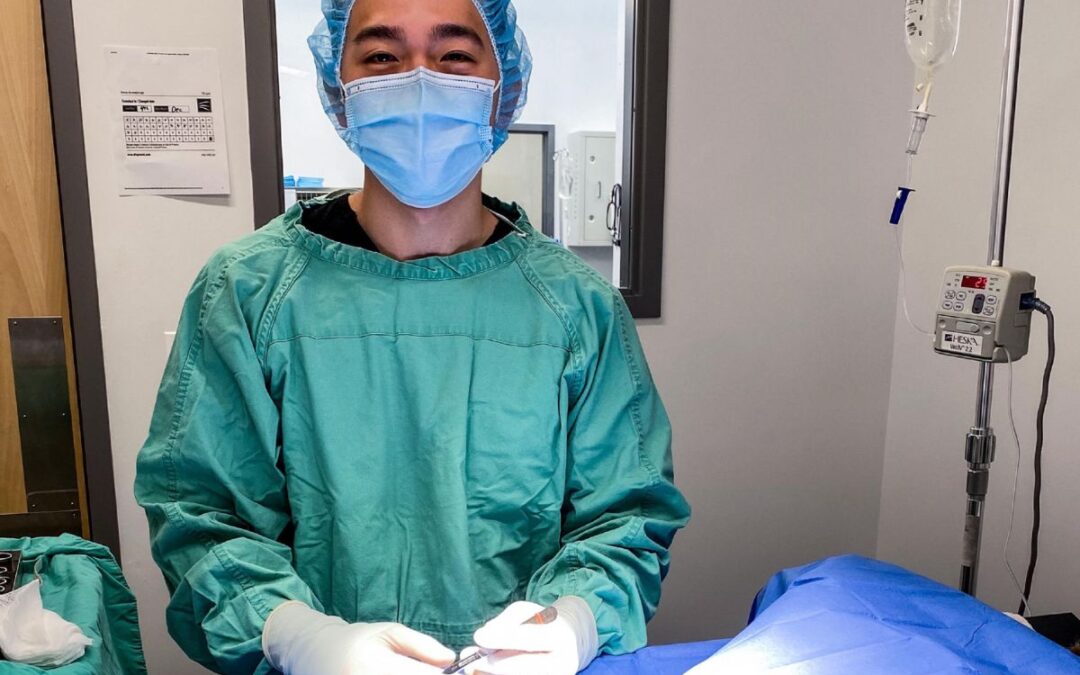Pre-surgical checklist
Crate training: Restricting activity after surgery is important to reduce complication. Excessive activity could result in dehiscence (opening of the surgical site), seroma formation (fluid pocketing under the incision), infection, delayed healing, and may require surgical intervention. Have them accustomed to the crate prior to surgery.
Fasting: Withhold food the night before surgery to reduce vomiting and risk of aspiration. Most common practice is to withhold food 12 hours prior to surgery.
Preanesthetic blood work: Serves as an important screening measure to rule out underlying disease prior to anesthesia. Ruling out comorbidities (underlying disease) reduces risk of adverse anesthetic reaction.
Microchip: The size of a rice grain. Implanted underneath the skin and contains a unique serial number when scanned. The serial number can be used to locate the owner’s information when a pet gets lost. Does not have GPS capabilities. A large bore needle is used to place the microchip, hence it is preferred to place the microchip while under anesthesia. Make sure microchip registration is up to date with your current information!
E(lizabethan)-collar aka “cone of shame”: Most vets will supply a hard plastic cone. It is our most trusted barrier to prevent chewing out sutures and licking at the surgery site. The cone is not so shameful.
Retained deciduous teeth: Baby teeth that have not fallen out. Can cause crowding, dental disease, halitosis, and damage healthy adult teeth. These teeth should be removed at the time of spay/neuter if deemed appropriate.
Enrichment: While exercise is restricted, other outlets for energy should be utilized. Consider food puzzles, snuffle mats, and stuffed kong.
If restricting exercise in your energetic or anxious pet seems daunting, ask your vet about medications to help keep them calm.

